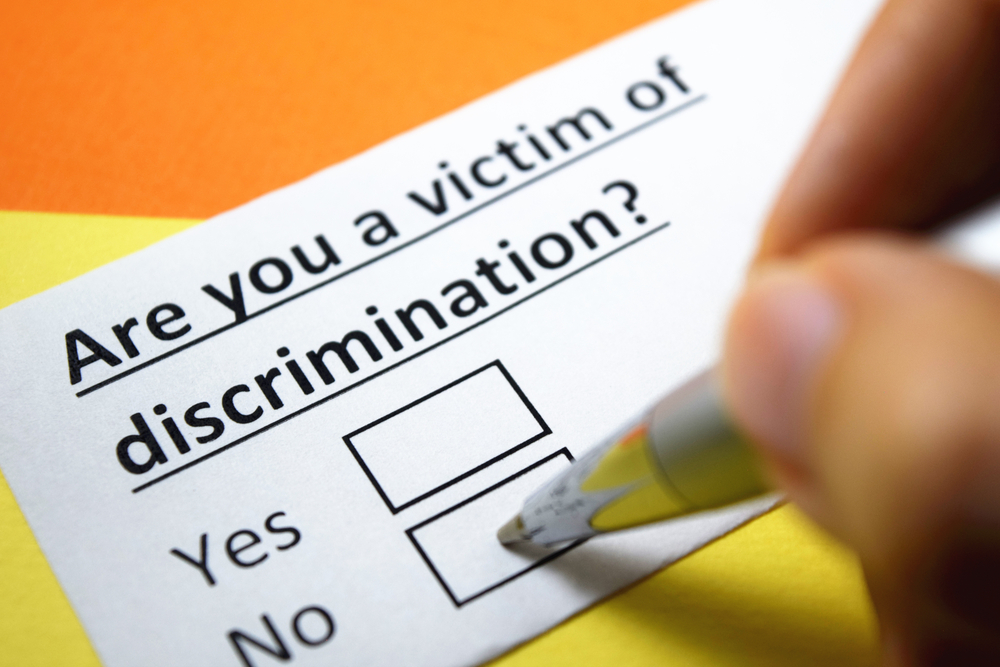1. Shabbat Parah: This Shabbat we read an additional Torah portion called Parshat Parah taken from Parshat Chukat about the red heifer. That is why this Shabbat is called “Shabbat Parah”.
2. Biblical or Rabbinical commandment? According to the Shulchan Aruch, (Code of Jewish Law) the obligation to read Parshat Parah is a biblical one. But the Mishna Berurah maintains the obligation is only rabbinical.
3. Purity before the Month of Nissan: In the time of the Holy Temple there was an obligation to become pure before the holiday of Passover in order to enter the Temple on Passover and bring the special sacrifices for the Holiday. Someone who touched a dead person or was even in the same building with him was considered impure. Parshat Parah is therefore read before Nissan as it deals with becoming purified again to be able to enter the Holy Temple. In the desert the red heifer was burned before Passover to purify the people by sprinkling a mixture of spring water with the ashes of the heifer.( See details in the Torah portion.) Our intentions when reading this portion include prayers to G-d to purify us and bring back the Holy Temple and then we can serve G-d there in purity.
4. This Shabbat is auspicious for purifying the heart: The Sfat Emet writes that this Shabbat is a special time for purity. “This time helps for purification since at this time in the time of the Holy Temple all of Israel was busy with purification during these days before pushover in order to bring the Passover sacrifices in purity. Therefore the time “wants to do it’s appointed job” and assist us in our purifications even now”.
5. Through reading this portion we become pure for Passover: “In our time when there is no holy temple our words are desired before G-d as if we brought all the sacrifices if we read the portions pertaining to them. It’s as if we burned the heifer and did the sprinkling of its ashes on the 3rd day and the 7th day. Through reading this portion we will attain a spiritual purity for the holiday of Passover.” (Avodat Yisrael)
At this point the words of the “Chessed l’Avraham” are worth mentioning: “In the 30 days betweebn Purim and Passover G-d removes us each day from one more gate of impurity and elevates us from level to level”.

6. On this Shabbat one can correct the source of all sin: The main focus of reading Parshat Parah is purifying the heart from sins. Rabbi Zadok of Lublin explains the “Haftorah” the portion of prophet read after the Parah Torah portion which says: “I will sprinkle upon you purifying waters and you will become purified from all your impurities and from all your abominations I will purify you. And I will give you a new heart and a new spirit I will put into you and I will remove the heart of stone from you and I will give you a heart of flesh.” From this it is clear that the main purity of the red heifer was the purity and cleanliness from sins and all the heifer ash sprinklings on someone impure from touching the dead are intended against the sin of the tree of knowledge which brought death and it’s impurities to Adam and to the world. For through this sin death came to the world. So this Shabbat we can correct the source of all sin.” (Pri Tzaddik, Parshat Parah, 7)
7. Repentance through subservience: The Hatam Sofer explains the idea of the heifer ashes: This is why the Torah said to become pure with the ashes of the heifer, to hint to man to repent and come back to G-d through seeing himself as dirt and ashes. For through repentance with submissiveness man can attain purity… And a person should pour his tears out with a broken heart and it will be considered like the purifying sprinkled waters.” (Hatam Sofer, Derashot 33)
8. The main purification is through learning Torah: The Midrash Rabbah on Parshat Bamidbar quotes Rabbi Yosi ben Rabbi Chanina: “But now with our great sins that the temple was destroyed we have no purity only when we learn and toil in the laws of the Parah and its mitzvoth through that we get purified.” The Rokeach explains the verse “This is the rule of the Torah” in a similar manner: The rules of the Torah are compared to the red heifer to tell us just as the red heifer purifies so too the Torah purifies the ones who learn it for its sake.”
9. Man is purified through diligent Torah study: The Shelah writes: “Even in a time without the ashes of the heifer a person can purify himself by cleaving to diligent Torah study, learning and teaching to keep perform and maintain.”
10. Through Torah learning a person can attain total cleansing: The Ohr HaChaim in his Torah commentary writes: “Through what we learn in the Torah it protects us and cleanses us from sin and add merits… even if a man had many sins this is the Torah for a gift offering and a sin offdering and a guilt offering- it’s as if he brought all these offerings that cleanse us… for it’s possible to merit a total cleansing through toiling in Torah.”





